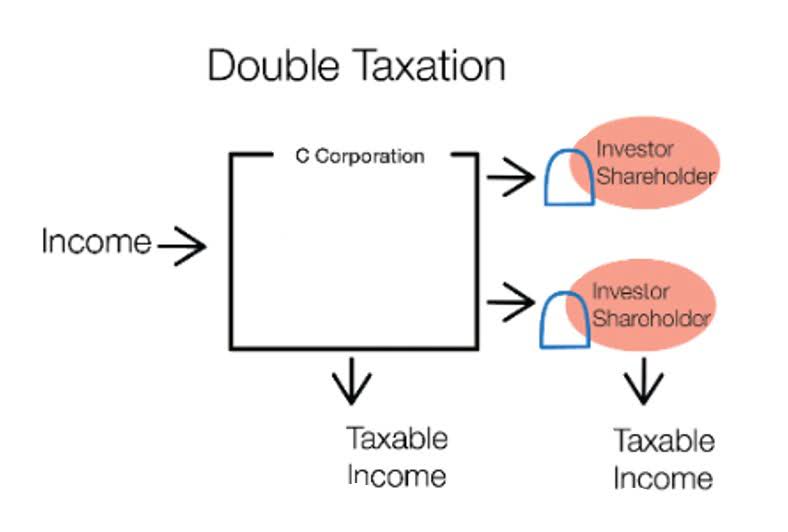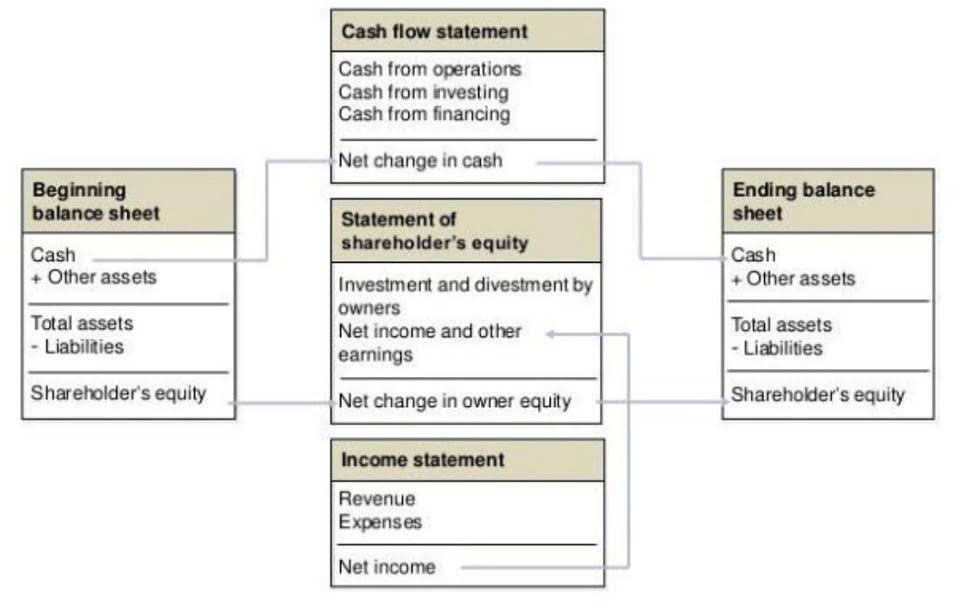Avantor®, a Fortune 500 company, is a leading life science tools company and global provider of mission-critical products and services to customers in the life sciences and advanced technology industries. From discovery to delivery, we work side-by-side with scientists around the world to enable breakthroughs in medicine, healthcare, and technology at scale. Our portfolio is used in virtually every stage of the most important research, development and production activities at more than 300,000 customer locations in 180 countries. For more information, visitavantorsciences.com and find us onLinkedIn,X (Twitter) andFacebook. One you have all these lists, try to assign an estimated cost to each one. That is how much you need monthly to pay for things that don’t happen every month.
Top 6 examples of columnar database
Any rights not expressly granted herein are reserved by and for the Company. Any inquiries concerning these Terms and Conditions of Use should be directed to Let’s lay the foundation of your monthly budget with some categories and basic information. Note the month up in the corner, and then in header area of the widest column, write “Income.” In columns 1 and 2, you’re going to note your paychecks. We have researched hundreds of brands and picked the top brands of columnar pads, including STAPLES, Rediform, Adams, Norcom, Wilson Jones. The seller of top 1 product has received honest feedback from 4,374 consumers with an average rating of 4.6.
- To add items to your cart, enter a quantity and click Add to Cart.
- Columnar storage aligns well with modern processor cache design.
- However, the Company can neither review all material before it is posted on the Web Site nor ensure prompt removal of objectionable material after it has been posted.
- This leads to more efficient use of central processing unit cycles and faster query processing.
- Accordingly, the Company assumes no liability for any action or inaction regarding transmissions, communications or content provided by third parties.
Similar Reads
Moreover, ongoing advancements in database technologies continue to address some of these limitations, broadening the applicability of columnar databases. Columnar databases can face challenges when handling complex joins, especially those involving multiple tables. Since data is stored in columns, reconstructing complete rows to perform joins can be computationally intensive, potentially impacting query performance. Many columnar databases are designed to support vectorized query execution.
How to Hide Empty Data in Excel Graphs
Let us understand the key principles of columnar database in detail. Because each column is stored independently, different indexing techniques can be applied to different columns, depending on the nature of the data and the typical queries performed. While not a pure columnar database, Apache Cassandra is a distributed NoSQL database that adopts a column family model.
Late materialization
Laugier theorizes that primitive man required only three architectural elements to build a shelter — the column, entablature, and the pediment. These are the basic elements of what has become known as the Primitive Hut, from which all architecture is derived. Raul Avenir has been writing for various websites since 2009, authoring numerous articles concentrated on business and technology. He is a technically inclined businessman experienced in construction and real estate development. Aside from being an accountant, Avenir is also a business consultant. He graduated with a degree of Bachelor of Science in business administration.
What is the Format of a Ledger
A four-column account allows for even more detailed tracking of financial transactions. It consists of four columns labeled date, description, debit, and credit. This can lead to increased https://accounting-services.net/ storage requirements and reduced compression benefits for certain data types. This leads to more efficient use of central processing unit cycles and faster query processing.
What Is a Cashbook and a Ledger?
I’ve played around a little and adapted this for our use, and what works best for my brain. After a few months with this, you may find you want to do that too. There’s no right or wrong way to do this – it’s not like you’ve got a job or a grade riding on “perfect” use. Whether you are starting your first company or you are a dedicated entrepreneur diving into a new venture, Bizfluent is here to equip you with the tactics, tools and information to establish and run your ventures.
She worked online and gave assistance to people to buy ideal products for their sweet home after graduating from Northwestern University with a marketing degree. She has been writing content for online shopping guides since 2011 with her professional knowledge and natural sensitivity of appliances. When using columnar paper, only write numbers in the cents column if applicable. If you need more room, write smaller, but do not enter any numbers in the cents column except for cents. I did take an accounting class once, but it covered doing it for business.
This aligns well with modern central processing units architectures and allows for efficient parallel processing, further speeding up query execution. BigQuery is a fully-managed, serverless data warehouse that enables scalable analysis over petabytes of data. It’s a platform as a service (PaaS) that uses an SQL-like syntax and is deeply integrated with other google cloud services. BigQuery is renowned for its fast analytics and ease of use, making it popular among businesses of various sizes. Copyright © 2024 Elsevier B.V., its licensors, and contributors.
Upload files that contain viruses, corrupted files, or any other similar software or programs that may damage the operation of another’s computer. Intercept or attempt to intercept electronic mail not intended for you. Advertise or offer to sell or buy any goods or services for any business purpose, unless such Community Feature specifically allows such messages. Conduct or forward surveys, contests, pyramid schemes or chain letters. Falsify or delete any author attributions, legal or other proper notices or proprietary designations or labels of the origin or source of software or other material contained in a file that is uploaded.
She and her husband enjoy remodeling old houses and are currently working on a 1970s home. One is the miscellaneous stuff that is hard to budget for, like car repairs and wedding gifts. Next, go down the wide, left-hand column and note your expenses. The little sections on these yellow sheets make it easier to group them together into categories, though you might have some spill over if you have more than five items in a group.
Each sheet features 41 numbered lines and 12 columns, providing ample space for notes, and comes in a large 11” x 16-3/8” size that can fold down to fit into a standard letter-size folder. The sheets are also pre-punched with three holes, making them easy to store in a three-ring binder. how many is considered a collection The green-tinted paper is double-sided and ruled on both sides, with green and brown ink, and the pad includes 50 sheets. It’s important to note that these challenges and limitations are not universal and can vary depending on the specific columnar database system and its implementation.
It provides a structured format for organizing and tracking various types of accounts, such as expenses and sales. With its multiple columns, you can easily keep track of important information and analyze your financial data. If you’ve ever wondered about the use and benefits of a columnar notebook, how to keep a house ledger, or how to use a three or four column ledger, this guide has got you covered.
A common use for the pads is to write calculations for journal entries or actual journal entries. The problems that often exist with these pads are the potential to make messy handwritten notes or having to write and rewrite figures. They come with 50 pages of green-tinted paper with green and black lines, each with 12 columns. Columnar databases are faster for analytical queries because they store and retrieve data by columns, allowing for better compression and more efficient access to only the necessary columns, minimizing data read from disk.
He is the sole author of all the materials on AccountingCoach.com. For the past 52 years, Harold Averkamp (CPA, MBA) has worked as an accounting supervisor, manager, consultant, university instructor, and innovator in teaching accounting online. Write a list of headers at the top of each column used on the pad. Headers may include date, description, account number, debit and credit. The choice between the two depends on the specific use case and the nature of the queries that will be performed on the data.
















